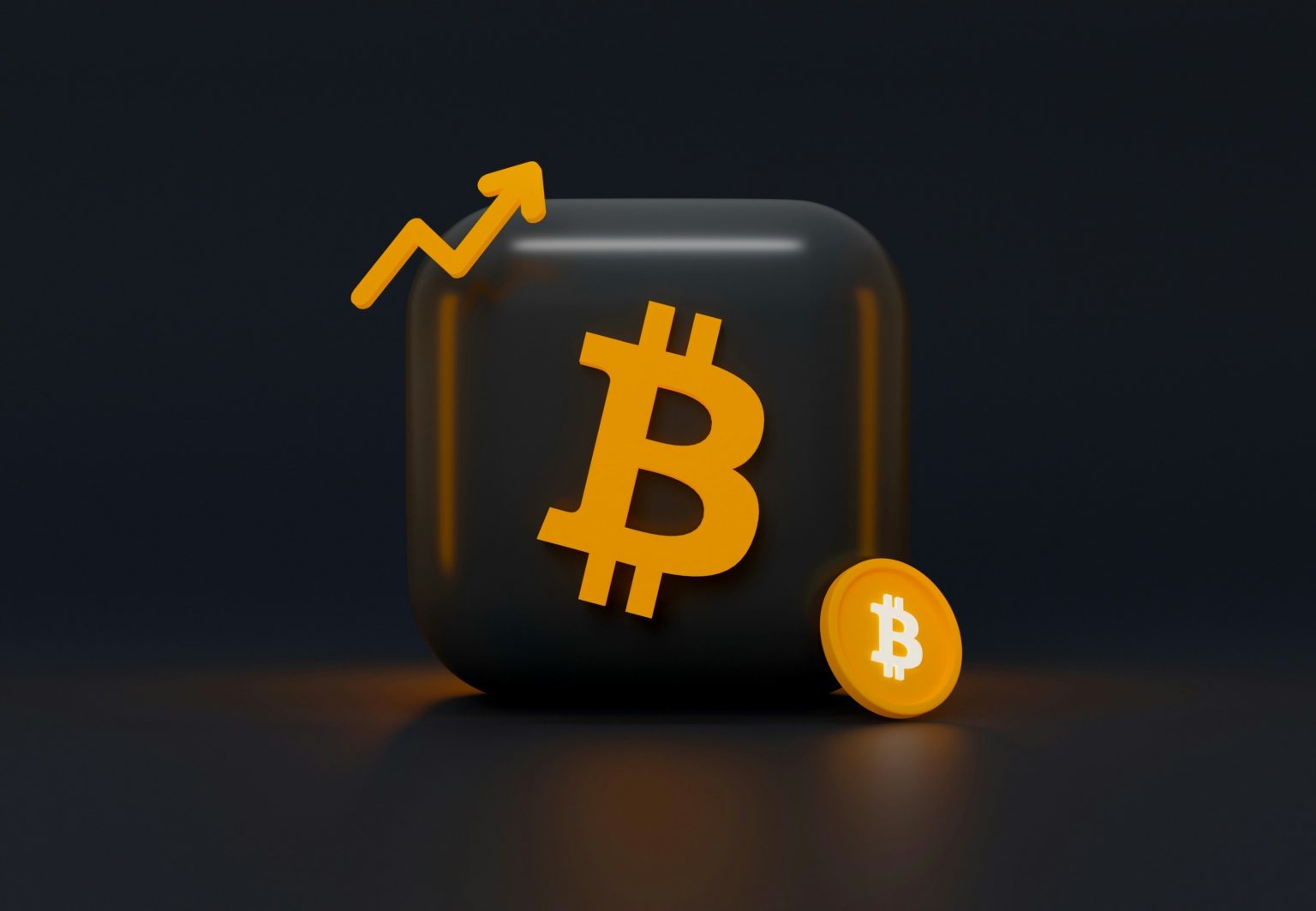Key Takeaways
Strategic Profit-Taking:
Through its investment arm DHI, the Bhutanese government transferred 650 BTC worth $74.24 million to Binance over two weeks, suggesting a calculated move to capitalise on Bitcoin’s new all-time highs above $120,000.
Sizable Sovereign Holdings:
Despite recent sell-offs, Bhutan holds one of the largest known government-owned Bitcoin reserves, with over 11,000 BTC still retained, valued at over $1.3 billion.
Green Mining-Powered Reserves:
The country’s crypto strategy is underpinned by sustainable hydro-powered mining operations, enabling long-term Bitcoin accumulation while funding national development through selective sales.
Over the past two weeks, the Royal Government of Bhutan, via its sovereign investment arm Druk Holding & Investments (DHI), has transferred 650 BTC—worth approximately US $74.24 million—to Binance, the world’s largest cryptocurrency exchange.
Overview
On Monday, blockchain analytics firm Onchain Lens identified the latest transaction, marking 650 Bitcoin (BTC) at $74.24 million, moved by the Bhutanese government over the past two weeks. The most recent tranche involved 99.47 BTC (≈USD 12 million) and occurred just two hours after Bitcoin (BTC) surged past the US$120,000 milestone. It is currently trading near $122,300.
These movements began on June 30 2025, with an initial transfer of 137.24 BTC (~USD 14.7 million), followed by numerous transfers varying from 2 to 200 BTC. The concentrated timing—right after Bitcoin (BTC) hit record highs—hints at strategic profit‑taking by the Bhutanese government.
National Bitcoin Strategy & Reserve Management
Bhutan isn’t new to Bitcoin (BTC): the nation has accumulated around 11,411 BTC (valued at nearly USD 1.4 billion), alongside 656 ETH (≈USD 2 million), building one of the world’s largest sovereign crypto reserves.
Since 2019, Bhutan has harnessed its abundant hydroelectric power to support energy‑efficient Bitcoin (BTC) mining operations. This green approach enabled the execution of various initiatives, such as funding civil servant salaries, reducing brain drain, and launching pilot programs for crypto‑based tourism payments in partnership with Binance Pay and DK Bank. However, some areas still face connectivity challenges.
Tactical Sales vs. Long-Term Vision
Between July 3 and July 10, Bhutan divested 350.74 BTC (~USD 38.5 million), retaining roughly 11,711 BTC valued at over USD 1.3 billion. But this should not be viewed as a decline in commitment. Bhutan’s sell‑off strategy is opportunistic: distributing large transactions around peaks, like the recent $112,000–$120,000 range, to optimise returns and secure liquidity for national development projects.
This contrasts sharply with Germany, which offloaded nearly 49,858 BTC at about $53,000, missing out on current multi‑billion‑dollar gains. Meanwhile, El Salvador has vowed never to sell its holdings. Bhutan’s agile model—mine, hold, and sell at strategic highs—could be a roadmap for other smaller nations leveraging crypto reserves.
Outlook: A Blueprint for Hybrid Reserves
Bhutan’s strategy appears to be a tightly managed blend of green mining, strategic selling, and national utility, channeling crypto gains into infrastructure, salaries, education, and healthcare.
With plans to expand mining capacity to 600 MW and develop blockchain‑enabled economic zones like Gelephu Mindfulness City, the country is positioning itself as a regional digital‑finance hub. Given current trends, future Bitcoin (BTC) sell-off events will likely coincide with fresh all‑time highs (potentially in the $120K–150K range), balancing liquidity needs with long‑term reserve buildup.
Bhutan’s recent movement of USD 74 million in BTC to Binance underscores its deliberate approach to managing crypto reserves—selling at peaks to fuel national development, while keeping significant holdings intact. It’s a pioneering model at the intersection of sovereign finance, sustainability, and digital innovation.


